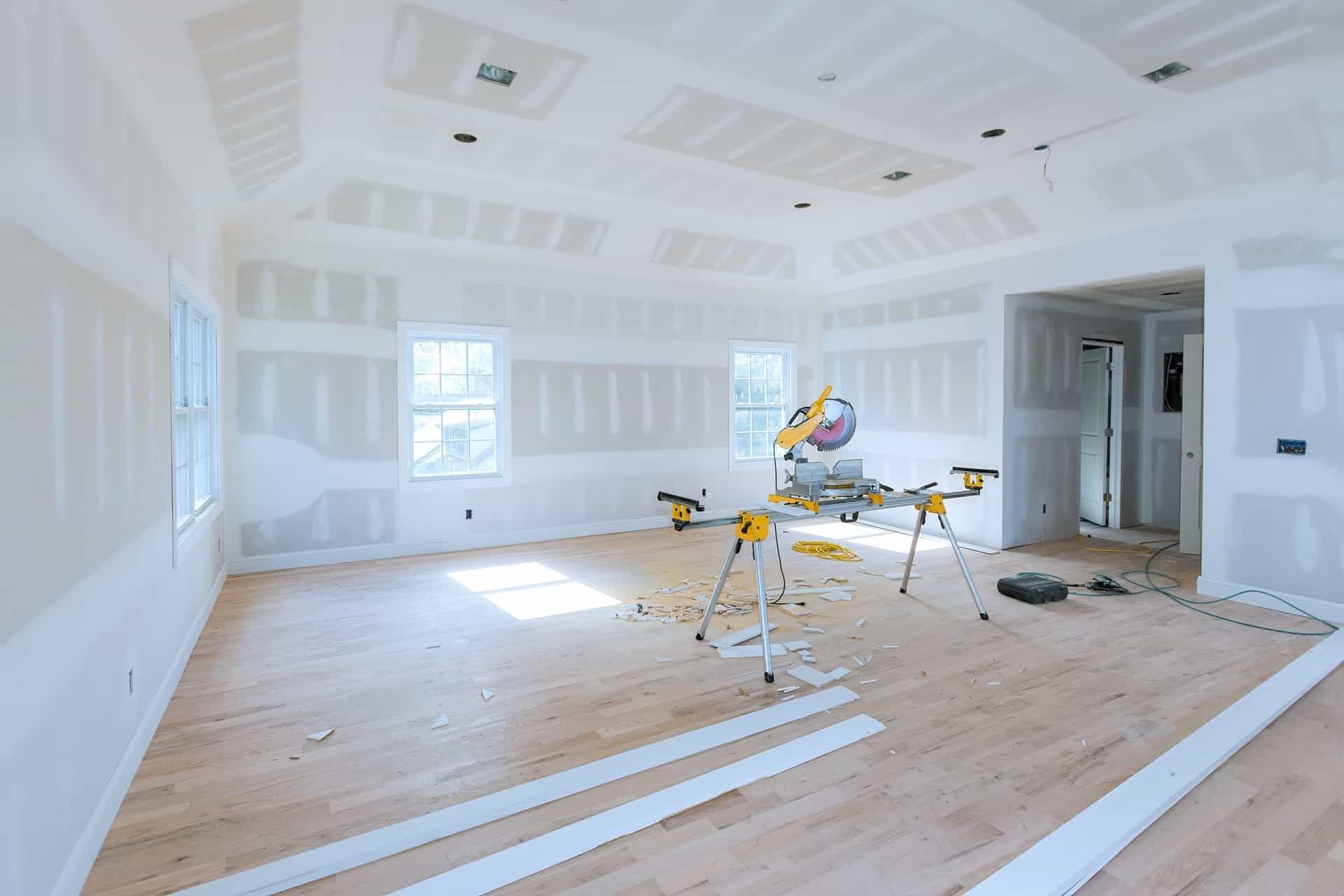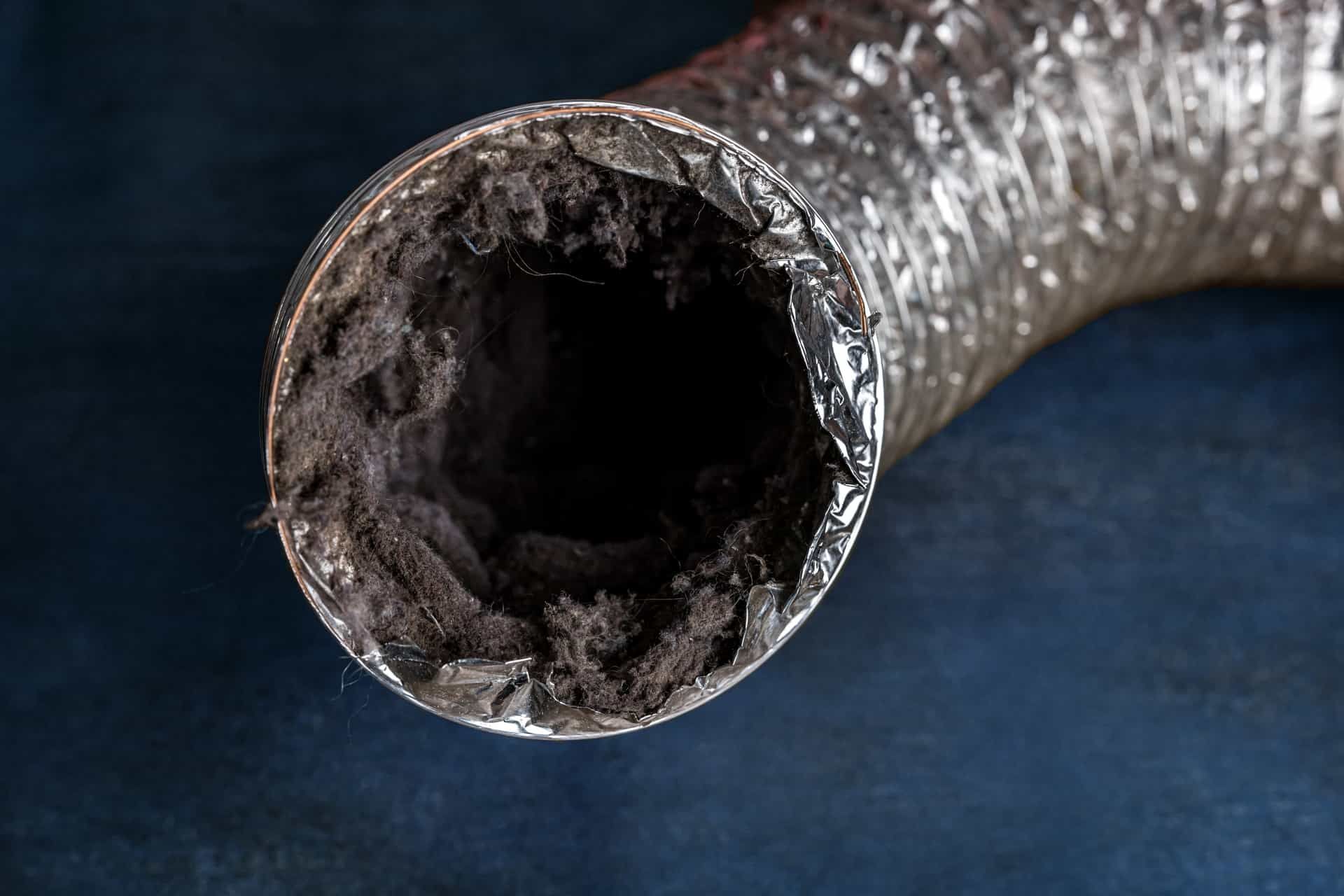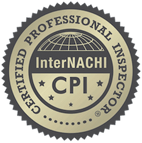Everything You Need To Know About Termites
Everyone living in Florida has heard of termites and how damaging they can be. Yet, despite that fact, many homeowners don’t know much about them or even how to spot these pests.
For instance, it’s fairly common for people to ask how do termites eat wood and how such small critters cause so much damage.
If you want to understand the true scope of the damages termites can cause, continue reading as we’ll present all there is to know about this menace.
Why Do Termites Eat Wood?
Termites eating wood is not a surprise; it's their most well-known trait. But did you know they don’t consume every part of the wood surface?
Generally speaking, termites consume the cellulose within the wood not just for nutrition purposes but also to build their nests and tunnels, which help them gain easy access to other food sources.
Although termites eating wood seems like something you’re bound to notice, it’s a lot more complicated as an active termite colony may go unnoticed for months or even years. These insects operate in darkness within the wood itself, and since they’re so small, they don’t make noise whatsoever.
As they feast on the wood from the inside, they start building a multitude of tunnels and open areas where they can store eggs. This weakens the structure of the wood so much that it can eventually start crumbling away.
Which Areas Of The Home Do Termites Target?
It goes without saying that termites eating wood can cause extensive damage to your home, which will require a hefty investment to resolve.
For example, termites tend to consume the wooden framing of the home, leading to serious structural damage. Other common targets include floorboards, baseboards, and various types of wooden furniture.
Furthermore, termites eating wood aren’t limited to surfaces inside the home as they can also start feasting on wooden features in your yard like fencing or decking attached to the main structure.
Though wood is their favorite dish, termites have powerful jaws and can chew through a variety of materials including carpet, insulation, and drywall.
Signs Of Termite Activity
While termites are masters of stealth, they do leave behind plenty of evidence of their activities that makes it easier to locate and eradicate them.
The biggest giveaway is the presence of termite mud tubes. These hollow tubes of dried mud outside your home are a clear sign of subterranean termite infestation. Mud tubes can be a few inches long and as wide as a regular pencil, Typically, mud tubes are located against the foundation, allowing termites to freely travel between the colony and other sources of water and food.
Fortunately, spotting mud tubes doesn’t mean the termites are still active as it could just be a remnant of a previous infestation. There’s an easy way to test this:
break a small bit of mud from the tube and wait a few days. If you notice the tube has been repaired, it’s a signal that termites are still thriving on the property.
In addition to mud tubes, here are some other signs you should look for:
- Small holes in furniture, decking, flooring, baseboards, and other wooden surfaces. While you may not be able to see termites directly, you may see the effects of their tunneling activity
- Drywood termite droppings look like small pellets made of sawdust or wood. If the infestation is extensive, it’s not unusual for these droppings to look like legitimate piles of sawdust
- Discarded wings as these point to termites eating wood somewhere in your home. Termites can grow into soldiers, workers, or swarmers. Swarmers are the only ones that have wings, and their main task is flying away to find a mate and establish a brand new colony. Once swarmers find a mate, they shed their wings (similar to how men sell their BMWs upon getting married), usually near light fixtures, windowsills, or doors.
- Buckling or blistering flooring could be an indication of subterranean termite activity. It’s also useful to check if the wood is discolored or has taken on a wavy appearance.
- Squeaky floors and loosened tiles. Since wooden floorboards will blister and buckle if they are damaged, they may also result in more noise when you walk over them.
Winged Ants Or Termites?
In some cases, you may actually see a winged termite in the flesh. The problem is, they look a lot like winged ants. So before you freak out and raise a false alarm, you should learn to differentiate between the two.
First, take a look at the shape of their antennae, wings, and bodies. Ants have a narrow waist and their antennae look a lot like human elbows. Termites, on the other hand, have straight bodies and straight antennae. When it comes to wings, termites have two pairs of wings that are all the same length, while ants have the same number of wings, but one pair is longer than the other.
If you’re uncomfortable taking a closer look at the insect in question, there’s still a way to figure out if you’re dealing with a swarmer termite. If you know it has rained recently, then seeing a winged insect is an indication of an active colony. Since swarmers are in charge of establishing new colonies, seeing a winged termite after rainfall is a bad sign as it means that a new colony is about to pop up.
What Happens Next?
At some point, you’ll have to contact pest control to remediate the issue, but before you do, you first need to schedule a
professional termite inspection. All of the signs outlined above suggest there was a previous or existing infestation, but you may not be able to confirm whether the termites are still active.
It’s also worth noting that the signs may not always be obvious. For example, mud tubes can be located in hard-to-reach places such as attics. Termite inspectors know exactly where to look, and no matter how stealthy termites may be, an experienced inspector will catch them in the act.
To start tackling your termite issue the right way, contact
Guardian Angel Inspections. Not only will we confirm whether there are termites on your property, but the report we provide you with will include recommendations on how to get rid of them for good.
Get in touch with us via our
contact form or call
561-512-7854 to obtain the services of the
best termite inspection in South Florida - our track record says so.
Disclaimer: The information on this website and blog is for general informational purposes only and is not professional advice. We make no guarantees of accuracy or completeness. We disclaim all liability for errors, omissions, or reliance on this content. Always consult a qualified professional for specific guidance.
Share this entry







